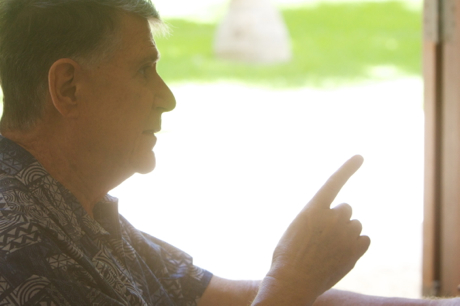

Copyright © 2011 Kanda Gaigo Alumni Association(KGAA). All rights reserved.

Our goal was to go beyond any mono-cultural model of business operations and apply intercultural communication skills that reflected the values of both cultures equally to the process of developing a new binational management style within synergistic organizational characteristics. After two years, the company evaluated our work and said:

“This plant in our paper diaper industry all over the world is our top, No.1 achievement. We had the highest productivity, the highest quality, the best safety record, and the lowest scrap (waste). We also started up the plant to sell products 18 months ahead of schedule and sent all but one expatriates home two years ahead of schedule, thereby saving both 18 months of start-up costs and the costs of 11 expatriates with families living in Japan.”
They had given us $550,000 for two years and we saved them $18,000,000 which is nearly 34 times their investment.
At the end of the contract, P&G wanted me to continue working on contracts with them for what became 18 years with new intercultural consulting projects and new intercultural training programs every year. So our company grew and grew from 10 staff members to 60 in 15 years. Other clients requested our services because of P&G’s “Kuchikomi” throughout businesses in Japan and the U.S. We worked hard and gained over 300 clients in the U.S. and Japan throughout the eighties and nineties, including Motorola, IBM, DuPont, Fuji Xerox, Honda, Hitachi and so on. One of our strengths was in assisting clients to merge their headquarters’ and subsidiary’s corporate cultures based on our direct experiences in creating multiple successful models. We also understood the potential failures and how to prevent them.
While I was working for companies in the business field, I always had the same mission ever since I was twelve years old. I never changed my mission. I always felt that it was my job to bring peace between the people of these two countries who were working or studying together. Because I felt that I understood and appreciated both sides, I wanted both to find excitement in discovering the other, and satisfaction and effectiveness in their performance in their bicultural companies and earlier in their international educational exchange programs. That is why I continued my work.(7/9)